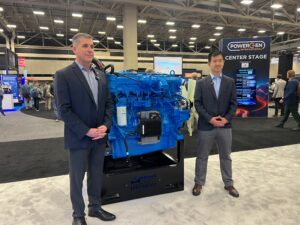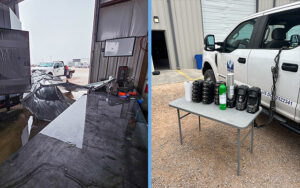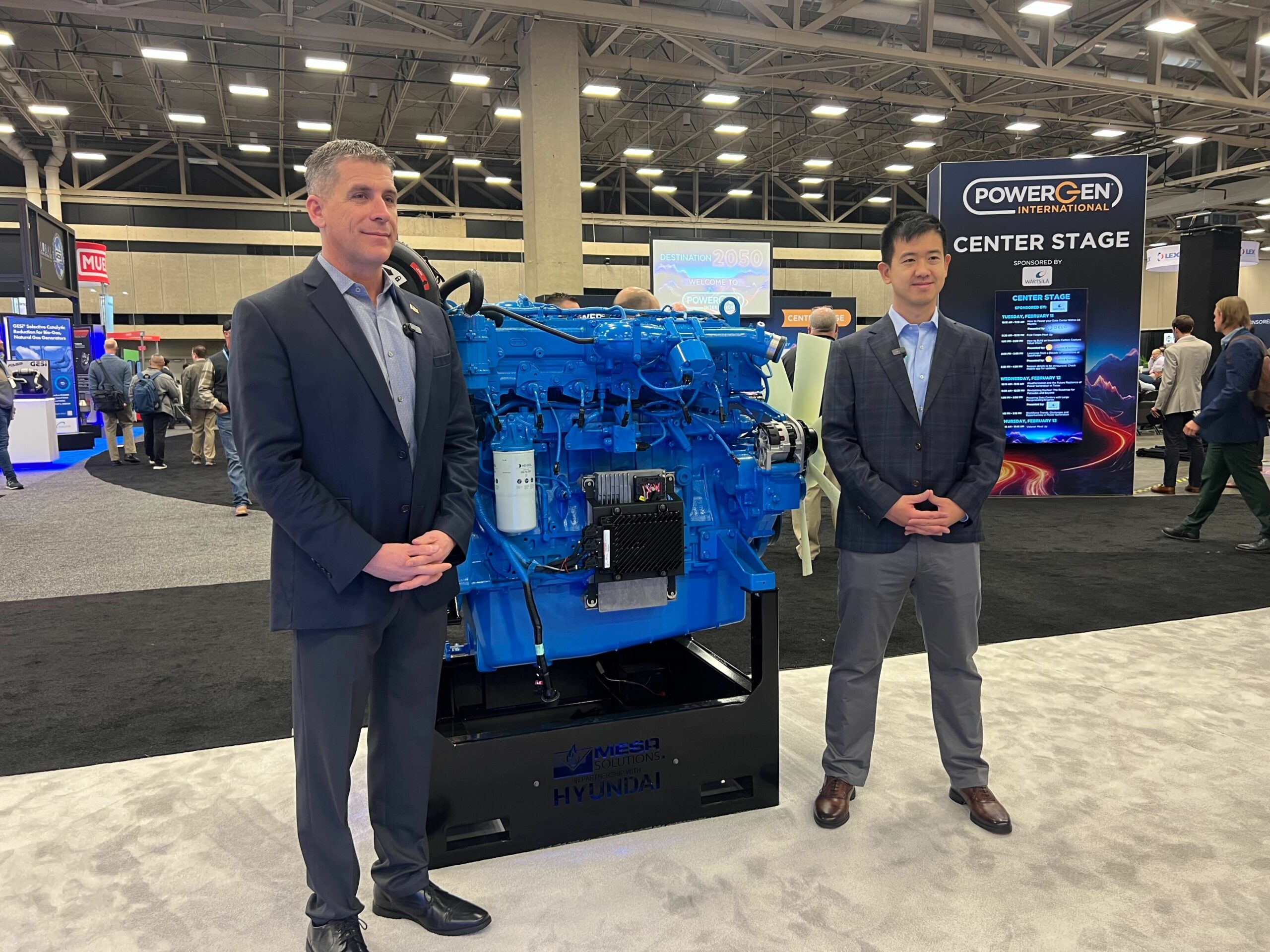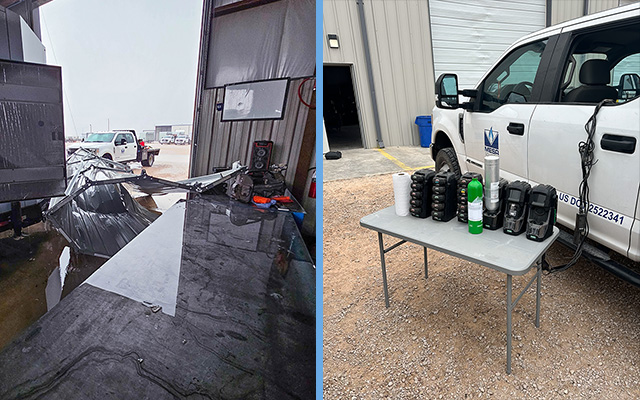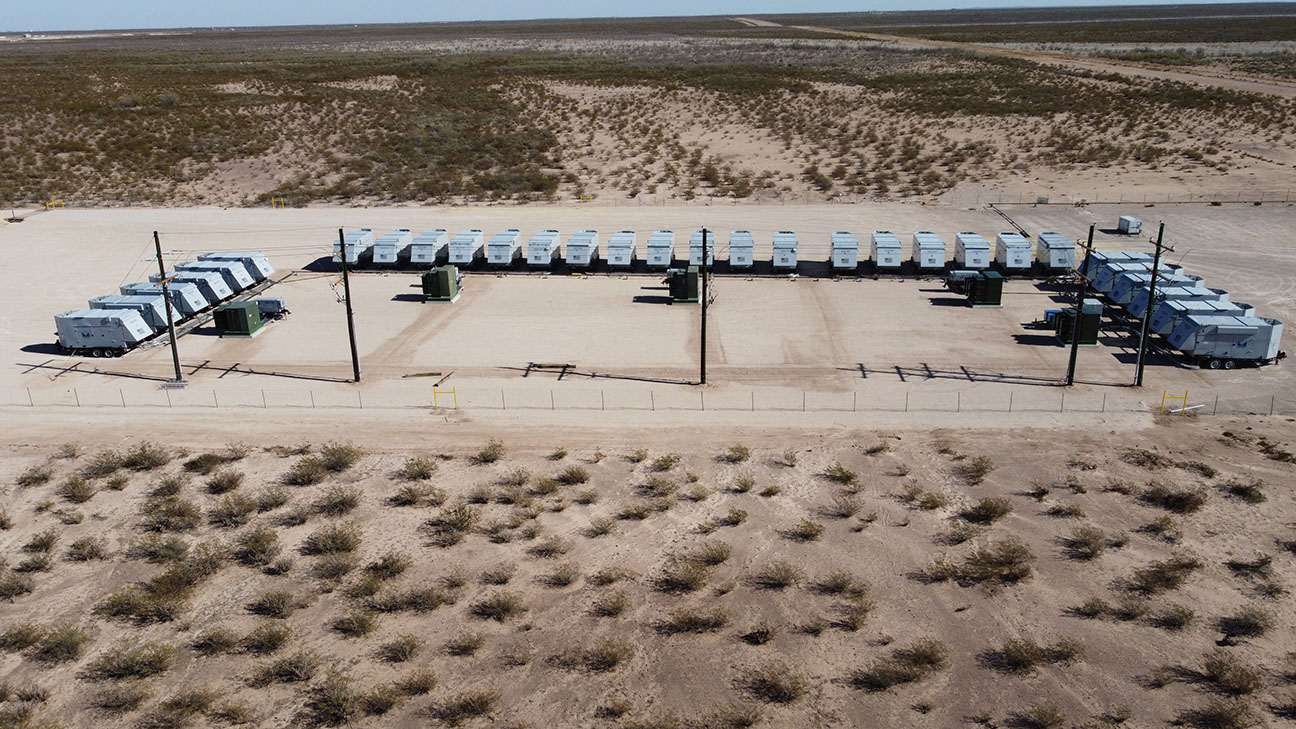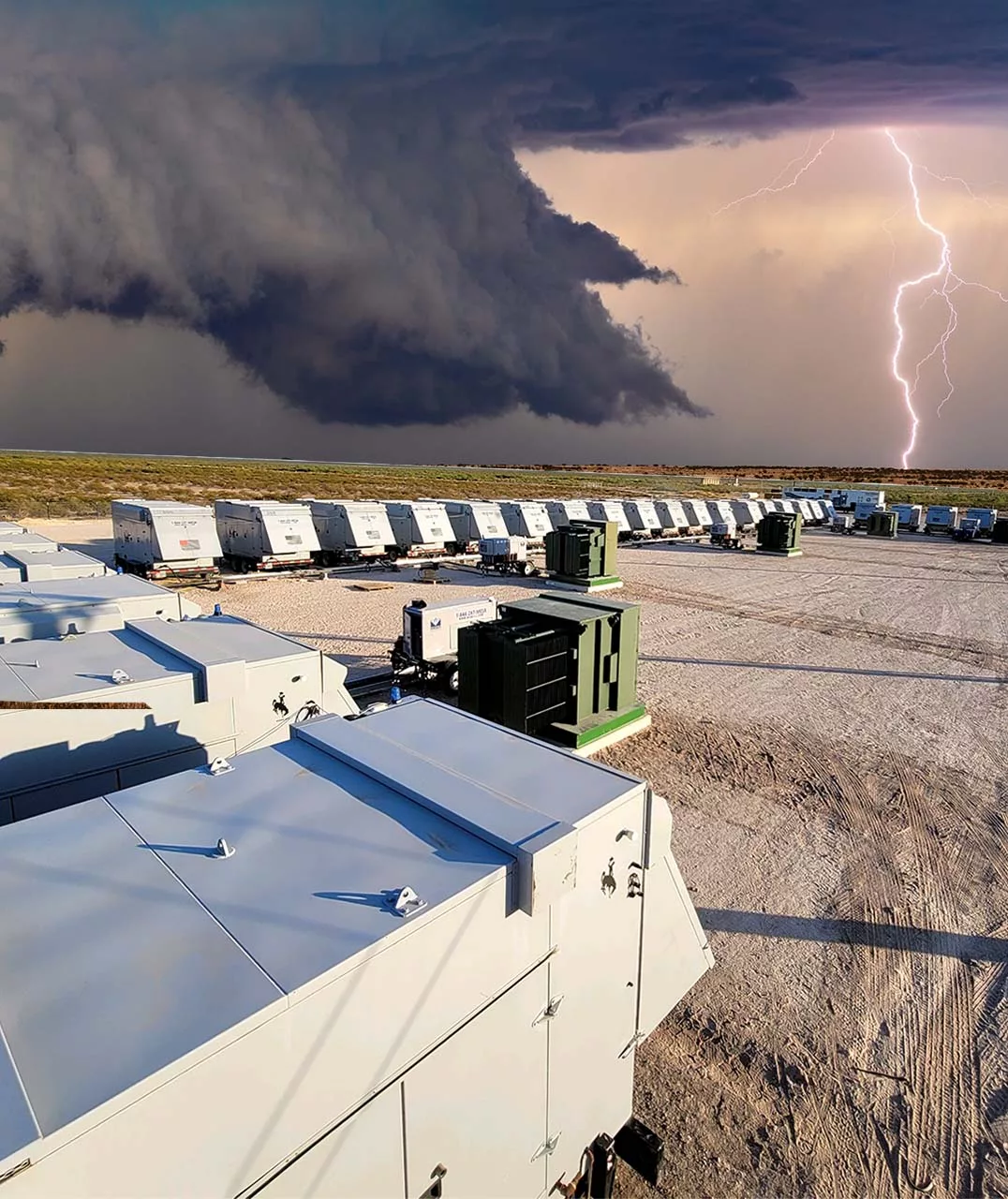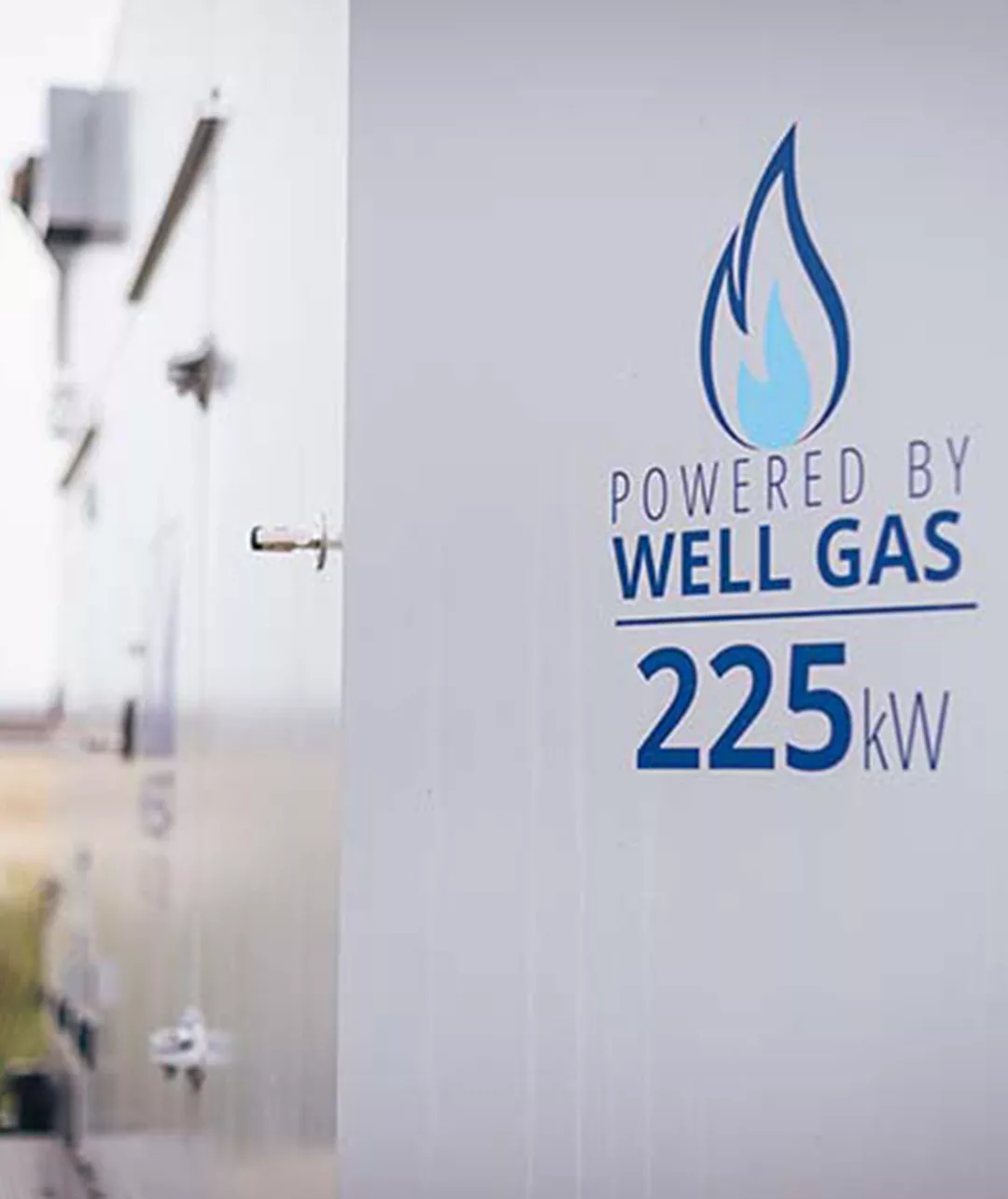In the complex task of managing electricity grids, where demand fluctuates and supply must quickly adapt, ancillary services are pivotal players in the ERCOT market. The concepts of energy and capacity are important as ancillary services form the backbone of grid stability – ensuring seamless operations even amidst abrupt disruptions or unforeseen fluctuations such as weather change and transmission blocks.
Energy versus Capacity: Key Distinctions
Before delving into the nuances of ancillary services, it’s crucial to detect the differences between energy and capacity.
- Energy: This refers to the actual electricity generated and consumed over time. Every time we flip a switch or use an appliance, we’re tapping into the energy flowing through the grid.
- Capacity: In contrast, capacity represents the maximum potential of power that can be reliably generated or imported into the grid at any given time. It acts as a reservoir, ready to be utilized whenever demand occurs.
Within the realm of capacity, two significant facets demand attention:
- Capacity for Energy Dispatch: Ensuring there’s enough capacity available to meet the expected electricity demand at each hour is essential.
- Ancillary Service Capacity: This supplementary capacity serves as a safety net, prepared to address emergencies within the grid, such as power source failures or transmission line losses.
The Crucial Role of Ancillary Services
Ancillary services encompass various functions, each meticulously designed to uphold grid reliability. Let’s discuss some key types:
- Regulation Service: Visualize this as the conductor guiding the grid, ensuring balance among all elements. Working alongside the Security Constrained Economic Dispatch (SCED) process—dispatching resources every five minutes to align generation with demand—regulation service fine-tunes equilibrium at frequent intervals. Its goal is to maintain grid frequency at a steady 60Hz, quickly correcting deviations caused by demand shifts or renewable energy dynamics. Despite its effectiveness in these areas, it may not always align with matching generation to demand due to fluctuations in demand and renewable energy output. Regulation service steps in to manage these fluctuations, continuously adjusting generation to match demand every few seconds and responding to frequency deviations from 60Hz. If frequency drops below 60Hz, ERCOT deploys Regulation-Up; if above, Regulation-Down is deployed. Each SCED dispatch resets regulation deployments. Regulation service is provided by on-line generation and controllable load resources.
- Responsive Reserve: Responsive Reserve Service (RRS) includes three subtypes, each with specific qualification criteria. Primary Frequency Response (RRDPF) involves generation resources that can automatically increase output with frequency decay, while Controllable Load resources can provide Primary Frequency Response (RRSPF) by reducing consumption. Non-controllable load resources provide “Load Resource on Under Frequency Relay” (RRSUF) by automatically tripping when frequency hits the set point. Limits exist for each subtype, with Primary Frequency Response mandated to be at least 1390 MW. RRSFF is capped at 450 MW, and the combined RRSFF and RRSUF is limited to 60% of total responsive reserve. Various resource types can provide Responsive Reserve Service, including controllable load, energy storage, and non-controllable load resources.
- Contingency Reserve: Contingency Reserve Service (ECRS) offers reserve capacity that can be fully dispatched within 10 minutes. This capacity serves to restore responsive reserve within 10 minutes after an event depletes it. ECRS is also utilized for managing extended net-load ramps, such as when solar generation output decreases in the evening. Resources must sustain full dispatch for at least 2 consecutive hours.
- Non-Spinning Reserve: This reserve serves as the first line of defense against unexpected loads or localized transmission issues. Non-Spinning Reserve Service (Non-Spin) offers reserve capacity fully dispatchable within 30 minutes. This capacity may be required system-wide in cases of higher-than-expected load or regionally due to local transmission issues. Alongside the 30-minute response time, it must be sustainable for 4 consecutive hours. For on-line generation, the capacity must follow dispatch instructions once deployed, while off-line generation must start and ramp to full output within 30 minutes of deployment instruction. Controllable load resources must smoothly ramp consumption in response to dispatch instructions. Energy storage resources combine features of on-line generation and controllable load. Non-controllable load resources are interruptible, tripped from service by a deployment signal.
A Diverse Set of Resources
These ancillary services rely on a wide range of resources, from conventional power plants to energy storage solutions. Incorporating on-line generation, controllable load resources, energy storage systems, and even interruptible loads, each resource contributes uniquely to ensuring grid reliability.
Mesa Solutions offers a range of solutions to support essential grid services. Using natural gas generators, Mesa offers grid integration solutions, flexible generation technologies, demand response programs, and grid monitoring and analytics tools. Mesa Solutions contributes significantly to grid stability and reliability. By optimizing the integration of renewable energy sources, providing dispatchable power generation options, and enabling real-time grid monitoring, Mesa Solutions helps grid operators effectively manage ancillary services. With its expertise and resources in the energy sector, Mesa Solutions plays a pivotal role in ensuring the smooth operation of electricity grids and supporting the delivery of reliable power to consumers within the ERCOT market.

